I had started my blog Lost in Colours with an intention to raise awareness of the environmental issues involved in art materials and to provide non-toxic, low-impact solutions. Hopefully, I can be more regular in sharing not only my insights on this topic but also my struggles and joy of creating sustainable art!
To date, I had only been using pigments from Earth in my daily art practice. I began foraging for natural pigments from plants last year after being inspired by a local artist whom I met while camping along the coast of Algarve in Portugal. Her eco-printed fabric had me thinking and I started exploring plants other than pigments of the earth as a source of colours for sketching. I couldn’t really explore and experiment much after returning home to Austria as nature had begun to go into sleep mode.
Natural pigments found in India
I embarked on making botanical inks early this year when we travelled to India. During our month-long trip, we stayed for about a week in the southern Indian town of Auroville. There stood in the courtyard of our guesthouse a beautiful Palash or Flame of the Forest tree in full bloom. Looking at that tree I remembered stories from my parents how they used to collect flowers of this tree for making the natural colour to play Holi. The Indian festival of colours that heralds the arrival of spring.
Alas! the natural colours have now been substituted by chemical colours and this beautiful tree is now long forgotten! I collected fallen flowers from the ground along with my son and made my very first natural ink in the communal kitchen of our guesthouse. Palash (in local language) flower gives a vivid orange-yellow dye that mixes well with other colours too. I even did a quick illustration with it and loved capturing the memories of it in my travel sketchbook.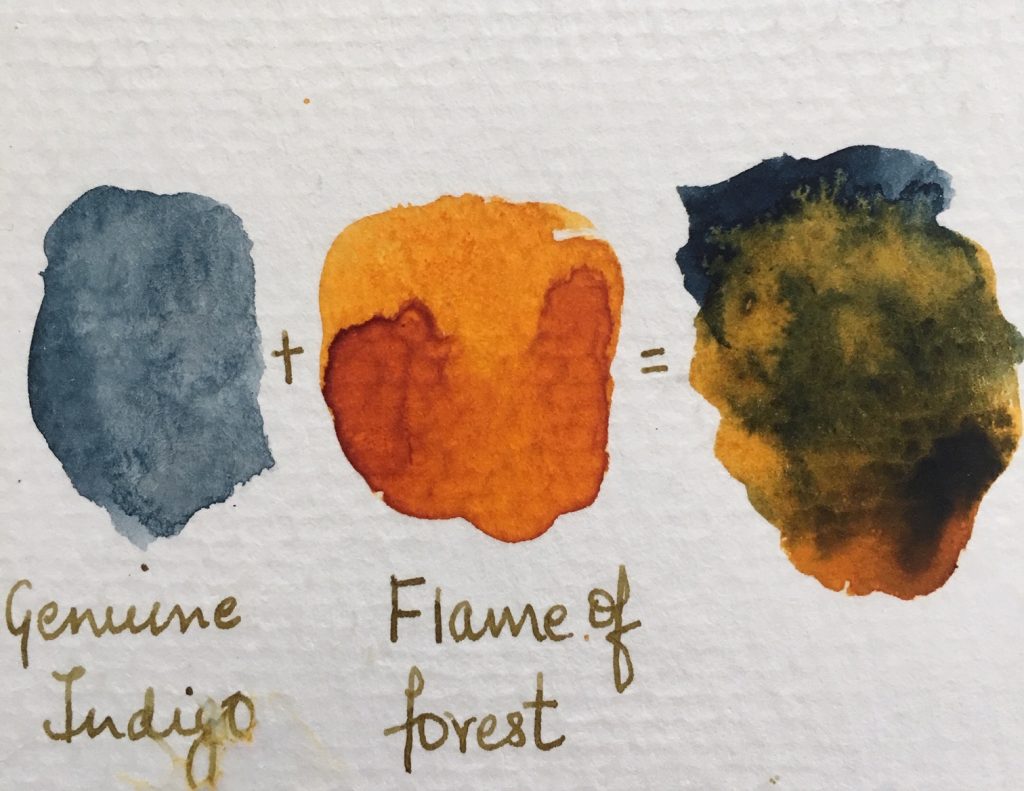
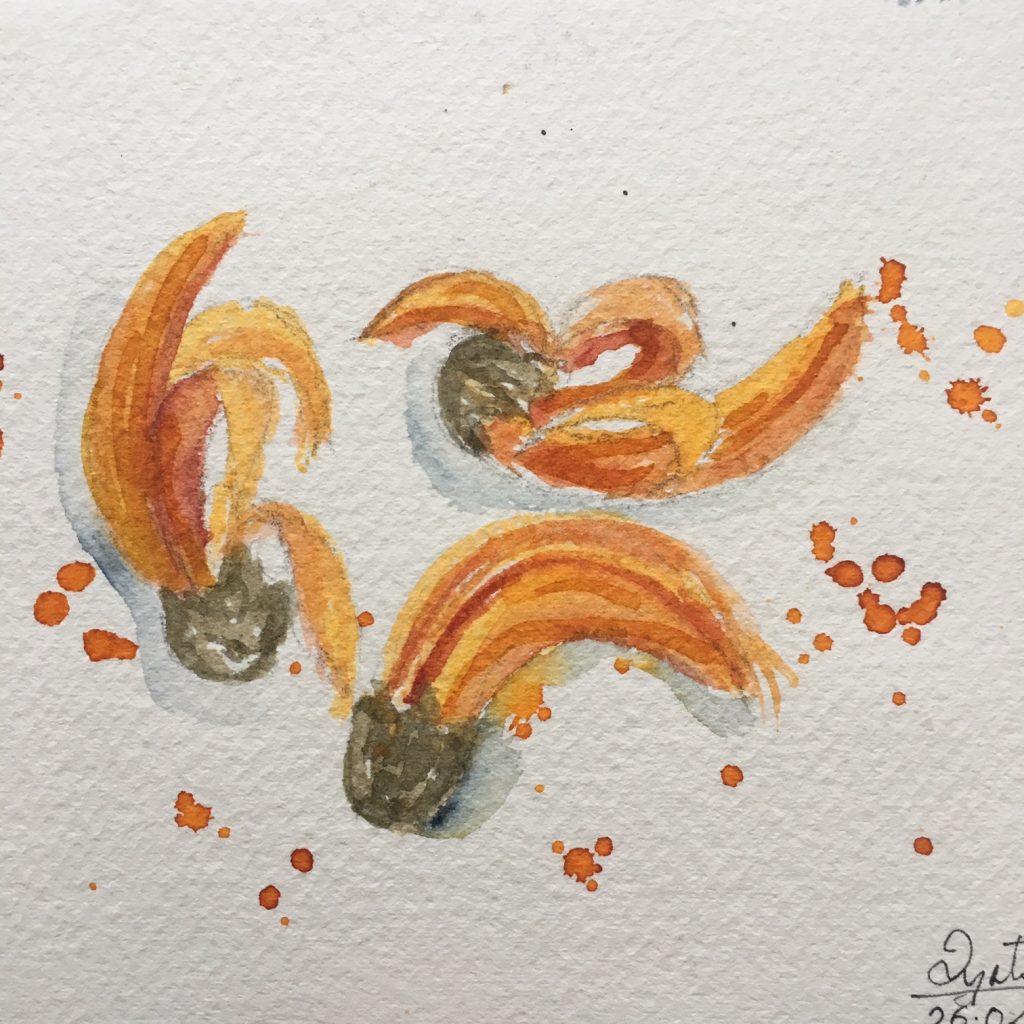
A sketch of flowers of Flame of forest (Palash)
Experimenting with Natural Plant Inks
After returning from India I had to patiently wait for nature to wake up from its winter sleep to begin experimenting with the local resources in Austria. To date, I have experimented with making inks from tea, coffee, onion skins, spring flowers in various colours, avocado pit, redcurrant, chards, etc. I don’t follow any particular recipe but do so by using the trial and error method. There were a lot of failures, but I believe that’s the only way to learn and get better. I’m sure there are many books and articles written about botanical/plant-based inks, but being old school as I am, I wanted to learn everything myself, looking for a recipe has never been my way of working. It definitely took me much longer to figure out than if I had done some research. The satisfaction I felt by allowing myself to be creative while making use of sustainable materials is indescribable.
Nature isn’t just a source of artistic inspiration; it is also an incredible source of art supplies. Observing the colours of nature and being in nature is exhilarating! I strongly emphasize upon using materials that are of the earth, are safe to work with and that can safely be returned back into the earth. Understanding the natural colour palette of your region, and creating art with materials that you have made with your own hands and from plants that grow around you, can be incredibly enriching, and connective experience. There is something sublime about walking out onto the land and gathering leaves, harvesting flowers, berries, and digging up muddy roots to extract their colour. Bringing more beauty into the world doesn’t have to be deleterious to our environment or to our own personal growth.
Making ink is just one more way to enjoy the beauty and excitement of our natural world. Personally, I’ve barely scratched the world of natural dyes and inks, and am still in the process of learning, exploring, and experimenting.
Following are recipes of some of the inks that I have made and use in my work. Please remember that you can always tweak them to make them work for you:
Rooibos tea ink
I took 1tsp of loose Rooibos tea and allowed it to steep in approx. 15 ml of boiling water for 20 minutes or so. I filtered the tea and added a pinch of baking soda (sodium-bi-carbonate) and boiled the tea for a few minutes. To thicken it you can add a bit of powdered gum arabic. If you don’t have gum arabic you can use it as it is too. To keep this ink for long add 1/2 a tsp of vinegar and a pinch of salt as a preservative (optional).
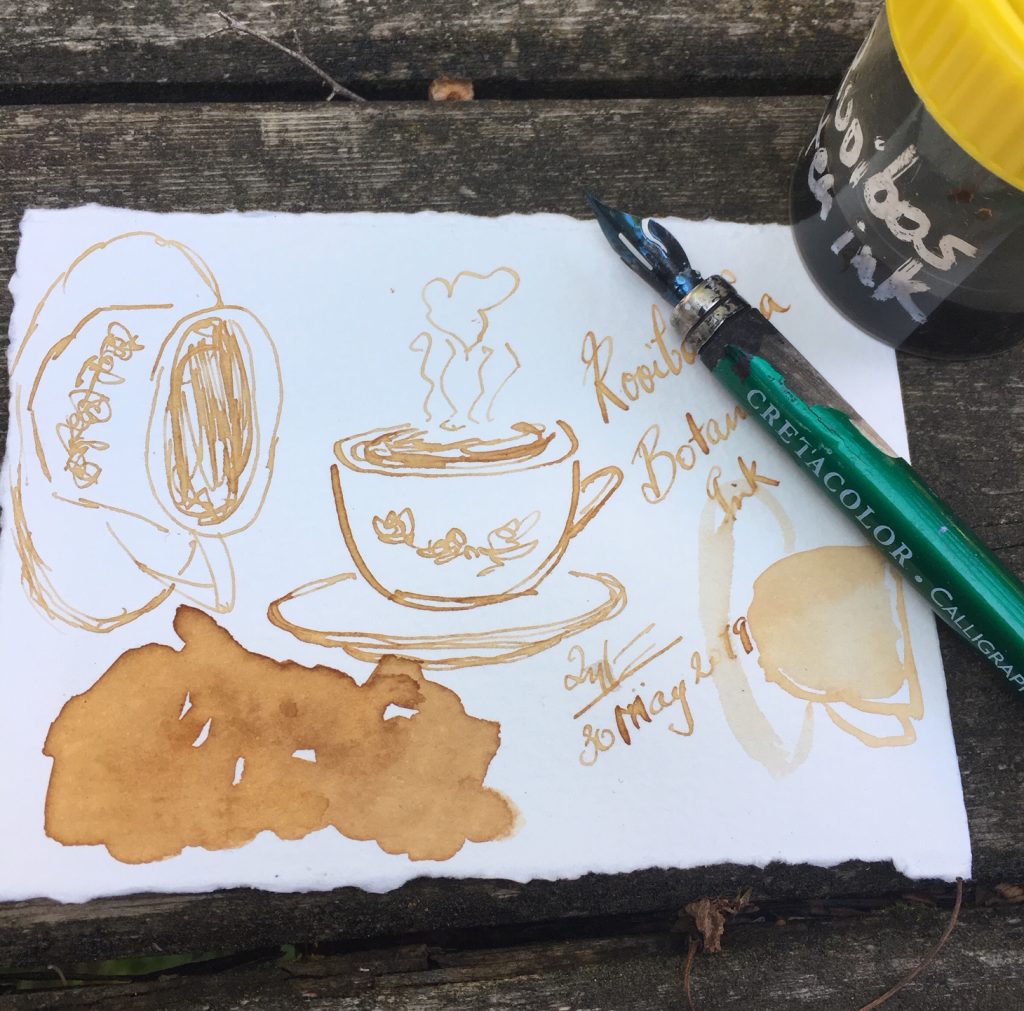
Flame of Forest Ink
I collected fallen flowers (about 200gm) and boiled them in water with a pinch of sodium bicarbonate. I don’t have an exact measurement for the amount of water used, it was just enough to cover flowers in the pot to have a concentrated ink. After cooling I added a bit of alcohol as a preservative. You can also add vinegar and salt as an alternative preservative.
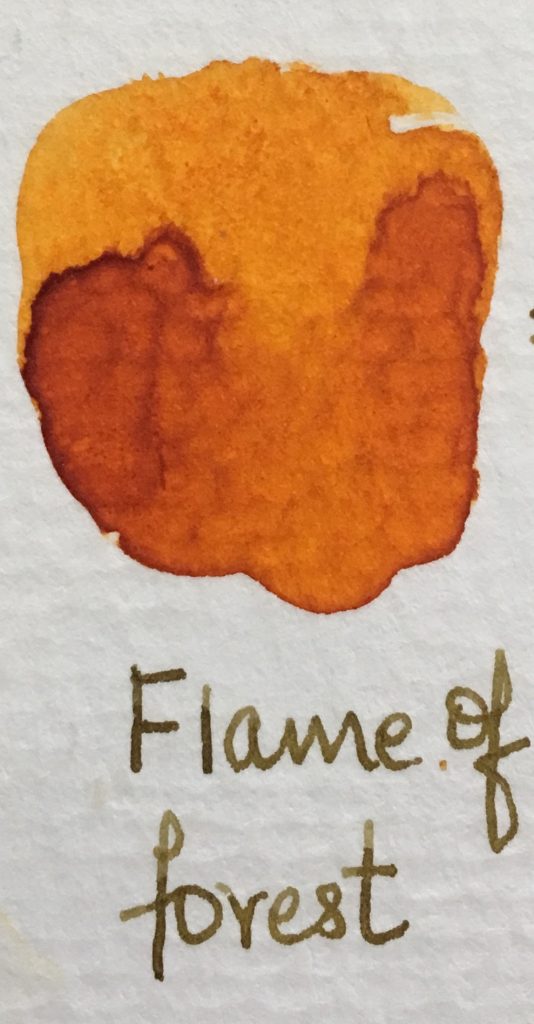
Tea ink
I followed the same procedure as described for Rooibos tea but without the addition of sodium-bi-carbonate. It is best to be used fresh as it takes no time to make this ink.
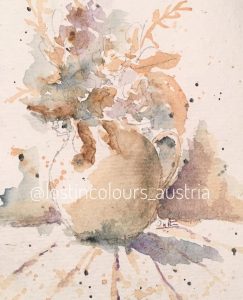
Loose florals painted with fresh black tea ink
Onion skins
Strongly coloured skins are best, from red or bright orange onions. The yellow skins of onion boil down to a rich gold colour that creates a subtle gold wash that can be built up through layering. It is great for staining papers and giving them a vintage look. In contrast, the red onion skin ink dries to a pale grey from a beautiful rich red colour.
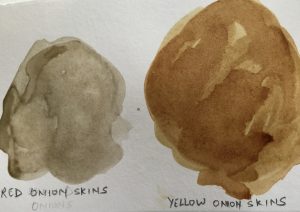
Red Chards
I discovered this ink serendipitously when I was cutting the ends of chards for cooking. However, instead of throwing the organic waste I crushed them using a pestle and mortar and added boiling water to extract the dye. Voila! I had a beautiful ink at my disposal.
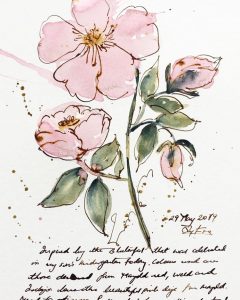
I’m currently experimenting with berries, walnut leaves, marigold flowers, nettle leaves, purple basil, thyme, etc. I hope that my article will inspire and encourage you to try some of the tried and tested processes so that we can work in a way that is more responsible for people and our planet.
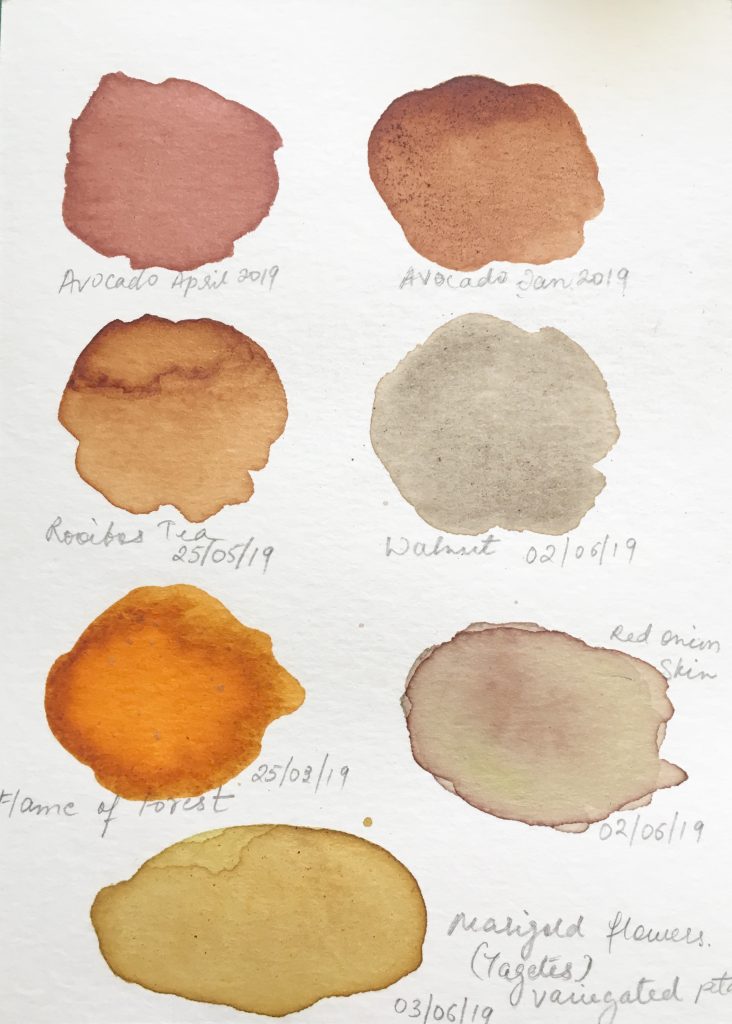
Plant based inks
Read more on my blogs THE LIVING PINK COLOUR FROM AVOCADO! & BLACK WALNUT INK.
Capture the colors of your landscape by making natural inks.
Online Course: Making Natural Inks
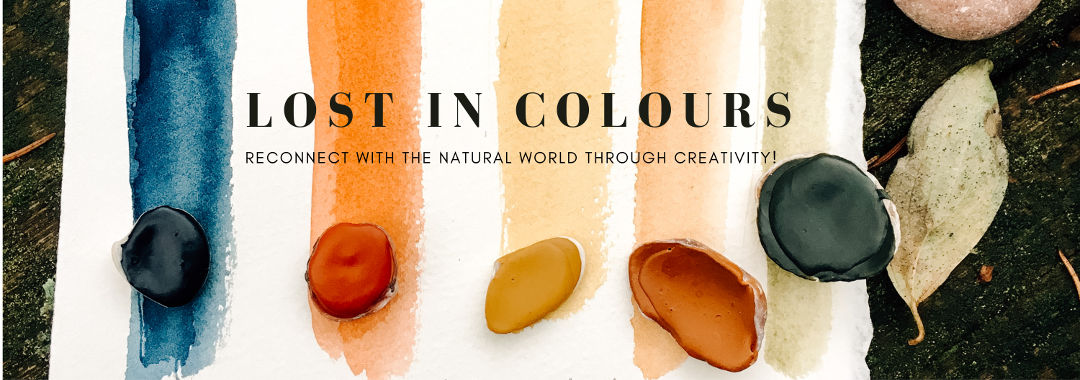

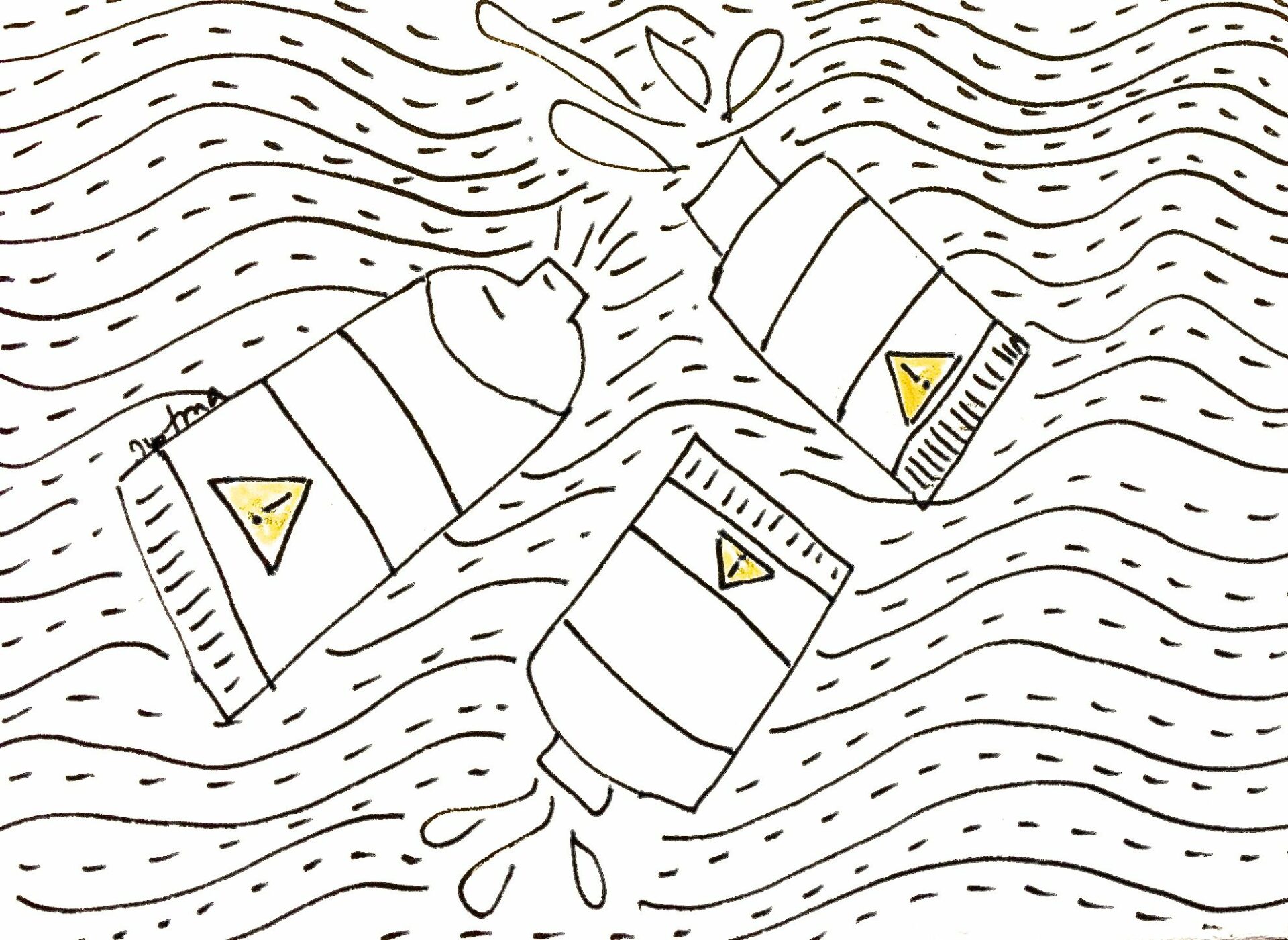
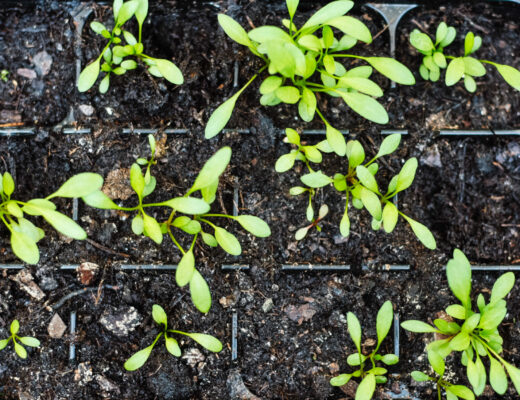
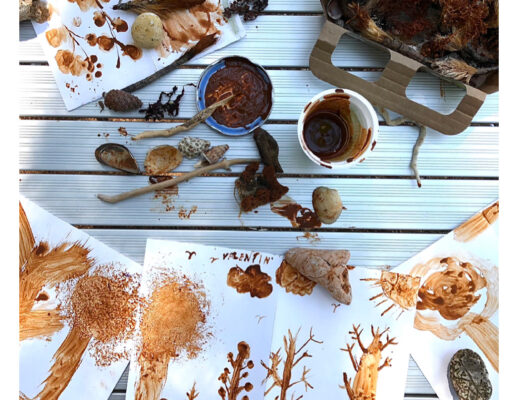
1 Comment
[…] adapted this recipe from a blog post entitled “Natural Plant Inks” by Jyotsna Pippal, a scientist, an artist and a maker of sustainable and non toxic watercolours. […]